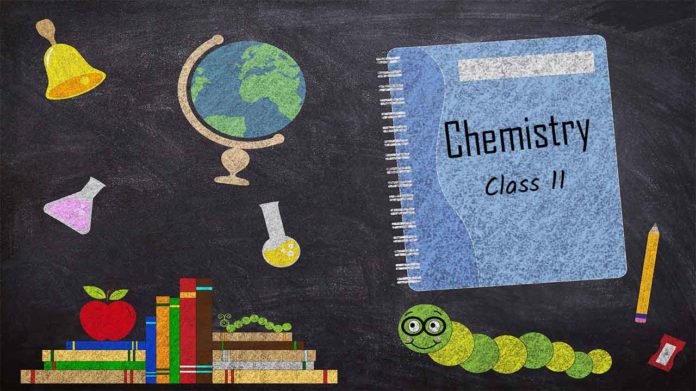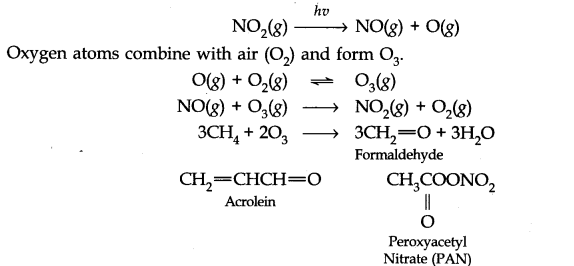
Viable Particulates:
They are minute living organisms that are dispersed in the atmosphere. (e.g., bacteria, fungi, moulds, algae, etc.)
Non- Viable Particulates
- Smoke: It is the mixture of solid and liquid particles formed during combustion of organic matter. E.g., Cigarette smoke, smoke from burning of fossil fuel.
- Dust: Composed of fine solid particles (Over 2 gm in diameter). It is produced during crushing, grinding and attribution of solid particles.
- Mist: These are produced due to the spray of liquids like herbicides and pesticides over the plants. They travel through air and form mist.
- Fumes: They are generally released to the atmosphere by the metallurgical operations and also by several chemical reactions.
Smog
Smoke is a mixture of smoke, dust particles and small drops of fog.
Smog exists in two types:
- Classical Smog
- Photochemical Smog

Formation of Photochemical Smog


Harmful effects of photochemical smog:
It can cause cough, bronchitis, irritation of respiratory system etc.
- To control this type of pollution the engines of the automobiles are fitted with catalytic converters to check the release of both oxides of nitrogen and hydrocarbons in the atmosphere.
- Some plants like Vitis, Pinus, Juniparus, Quercus, Pyrus can metabolise nitrogen oxide and therefore, their plantation can be done.

